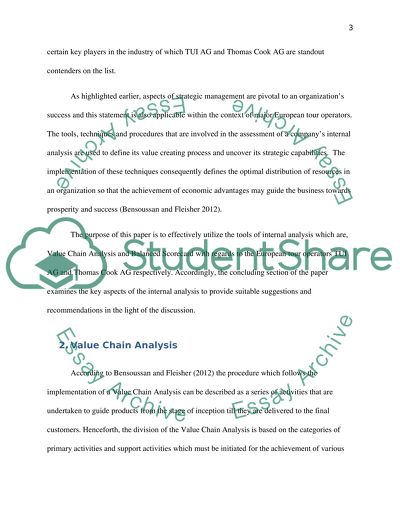Cite this document
(Tools to Make Better Strategic Decisions Literature review - 1, n.d.)
Tools to Make Better Strategic Decisions Literature review - 1. Retrieved from https://studentshare.org/tourism/1483005-case-studies
Tools to Make Better Strategic Decisions Literature review - 1. Retrieved from https://studentshare.org/tourism/1483005-case-studies
(Tools to Make Better Strategic Decisions Literature Review - 1)
Tools to Make Better Strategic Decisions Literature Review - 1. https://studentshare.org/tourism/1483005-case-studies.
Tools to Make Better Strategic Decisions Literature Review - 1. https://studentshare.org/tourism/1483005-case-studies.
“Tools to Make Better Strategic Decisions Literature Review - 1”, n.d. https://studentshare.org/tourism/1483005-case-studies.


